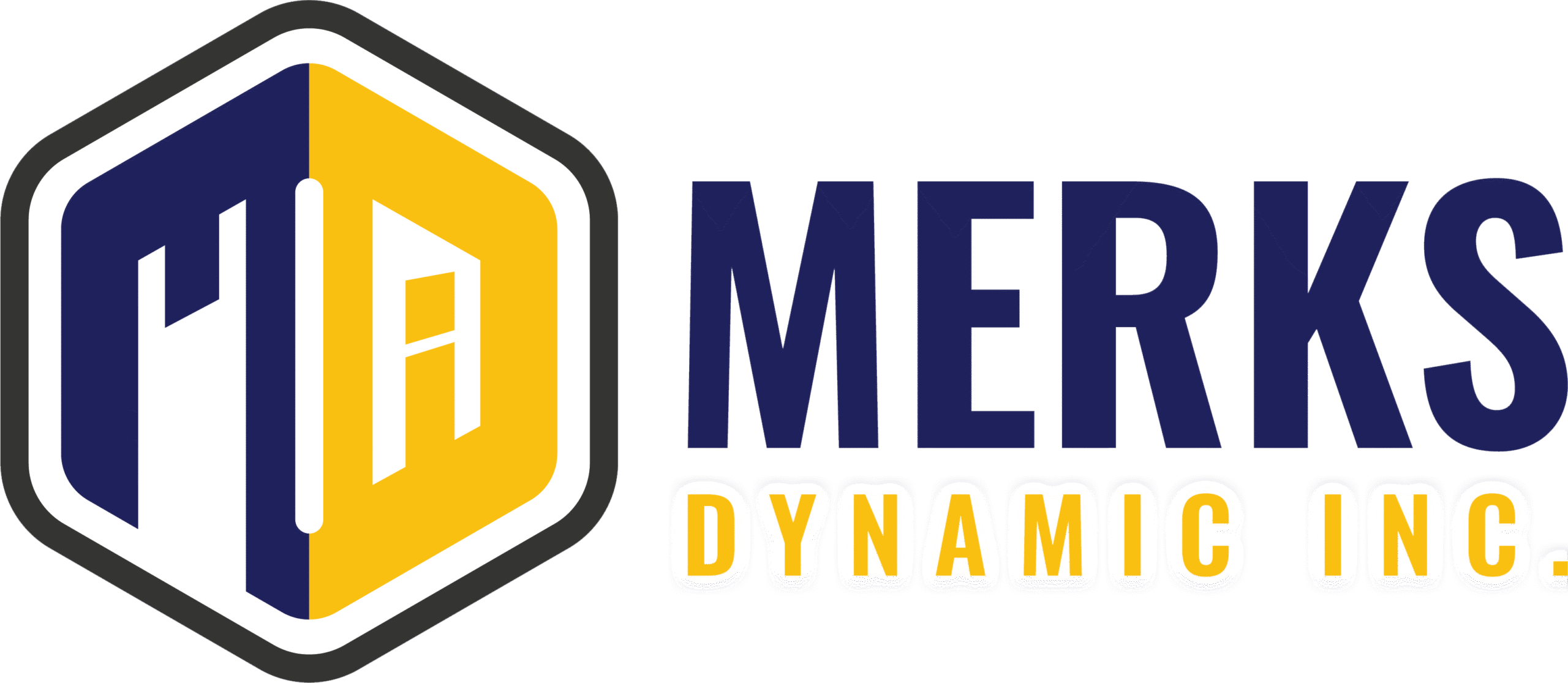
Phenolic Boards

PP Boards

Plywood
Phenolic Boards
Phenolic board is a type of engineered wood panel made by impregnating layers of kraft paper with phenolic resin and compressing them under high heat and pressure. It is known for its high strength, moisture resistance, and durability. It is commonly used in construction, especially in formworks, as well as in furniture and partitions. It has smooth concrete finish, and also reusable and long-lasting.


| Film | Brown Film | Size | 1220mm x 2440mm |
|---|---|---|---|
| Wood | Acacia Wood | Thickness | 12MM, 18MM |
| Core Materials | Full Core | Hot Pressed | 2 Times Pressed |
Bullform


Tradform


Advantages
 Removable with ease.
Removable with ease. The phenolic board resists concrete adhesion.
The phenolic board resists concrete adhesion. Reusable and long-lasting.
Reusable and long-lasting. Smooth concrete finish, reduces platering work.
Smooth concrete finish, reduces platering work.
PP Boards
A PP Board (Polypropylene Board) is a lightweight, durable plastic sheet made from polypropylene resin, known for its waterproof, chemical-resistant, and impact-resistant properties. In construction, it is often used as a formwork panel alternative to plywood, especially in wet or harsh environments where wood would deteriorate.
PP boards have a smooth, non-stick surface that makes them easy to clean after concrete pouring and allows for multiple reuse cycles. They are available in solid sheets or hollow/fluted structures depending on the application.

Specifications
| Size (mm) | Weight (kg) |
|---|---|
| 1220 x 2440 x 12 | 19 |
| 1220 x 2440 x 15 | 24 |
| 1220 x 2440 x 18 | 29 |
Uses
- Concrete Formwork Panel
- Reusable Shuttering System
- Temporary Protective Covering
- Partition and Hoarding Panels
- Moisture-Exposed Areas
- Scaffolding and Platform Decking
- Infrastructure and Bridge Works
Plywood
Plywood is an engineered wood panel made by bonding together multiple thin layers (veneers) of wood with the grain of each layer oriented at right angles to the adjacent one. This cross laminated structure increases its strength, stability, and resistance to warping or cracking. In construction, plywood is widely used for formwork, flooring, wall sheathing, roofing, and furniture-making due to its versatility and cost effectiveness. It comes in different grades and thicknesses depending on the application.

| Type | Classification | Per CRT | Thickness |
|---|---|---|---|
| T-1 | Marine Plywood | 220 | 5.0 |
| 120 | 9.0 | ||
| 110 | 10.0 | ||
| 100 | 11.0 | ||
| 60 | 18.0 | ||
| T-2 | Ordinary Plywood | 500 | 2.0 |
| 420 | 2.5 | ||
| 240 | 4.5 | ||
| 220 | 5.0 | ||
| 120 | 9.0 | ||
| 110 | 10.0 | ||
| 100 | 11.0 | ||
| 60 | 18.0 |
USES
- Concrete Formwork (Shuttering)
- Flooring Base
- Wall and Ceiling Sheathing
- Roof Sheathing
- Temporary Site Structures
- Furniture and Cabinetry
- Scaffolding Decks & Platforms

